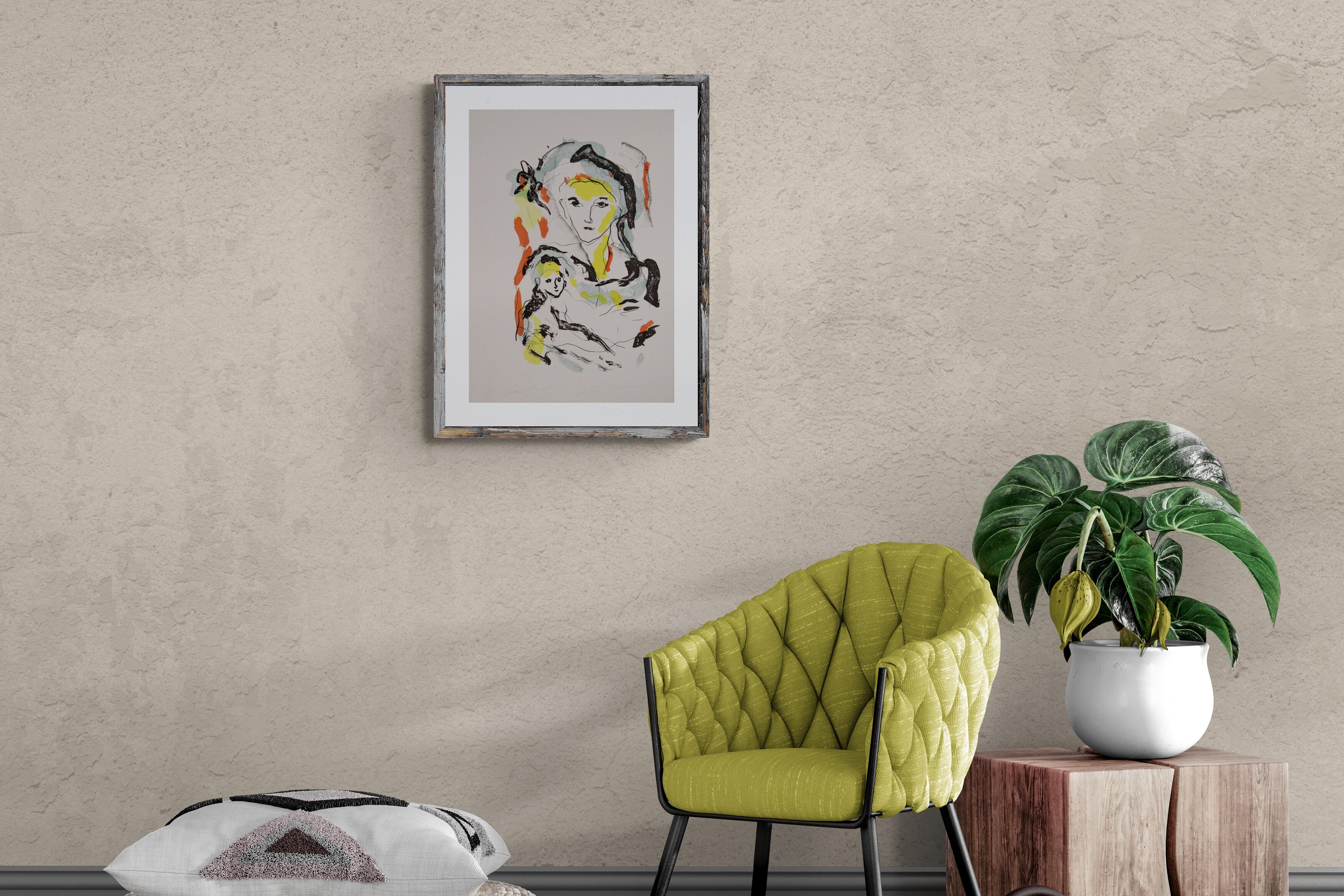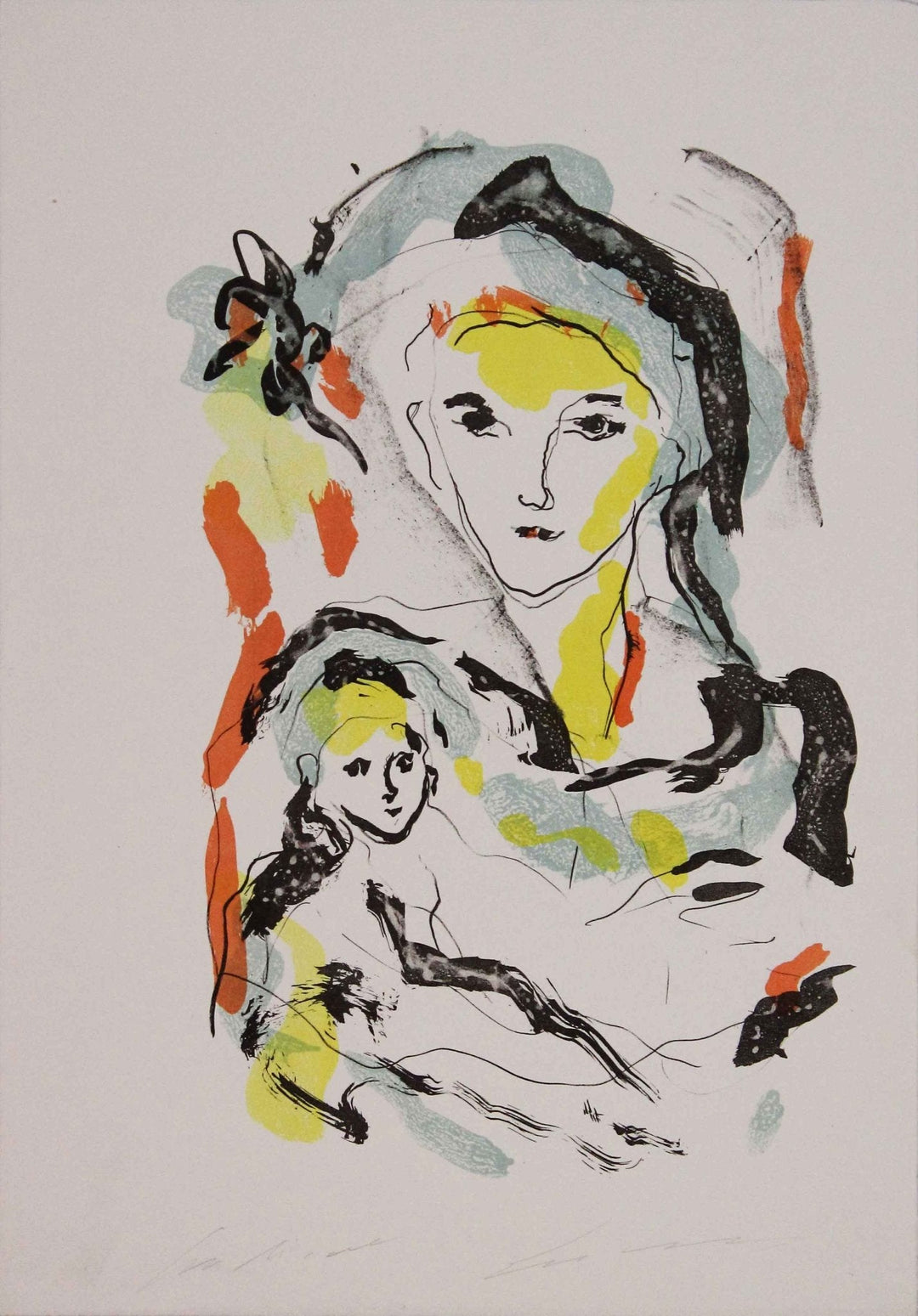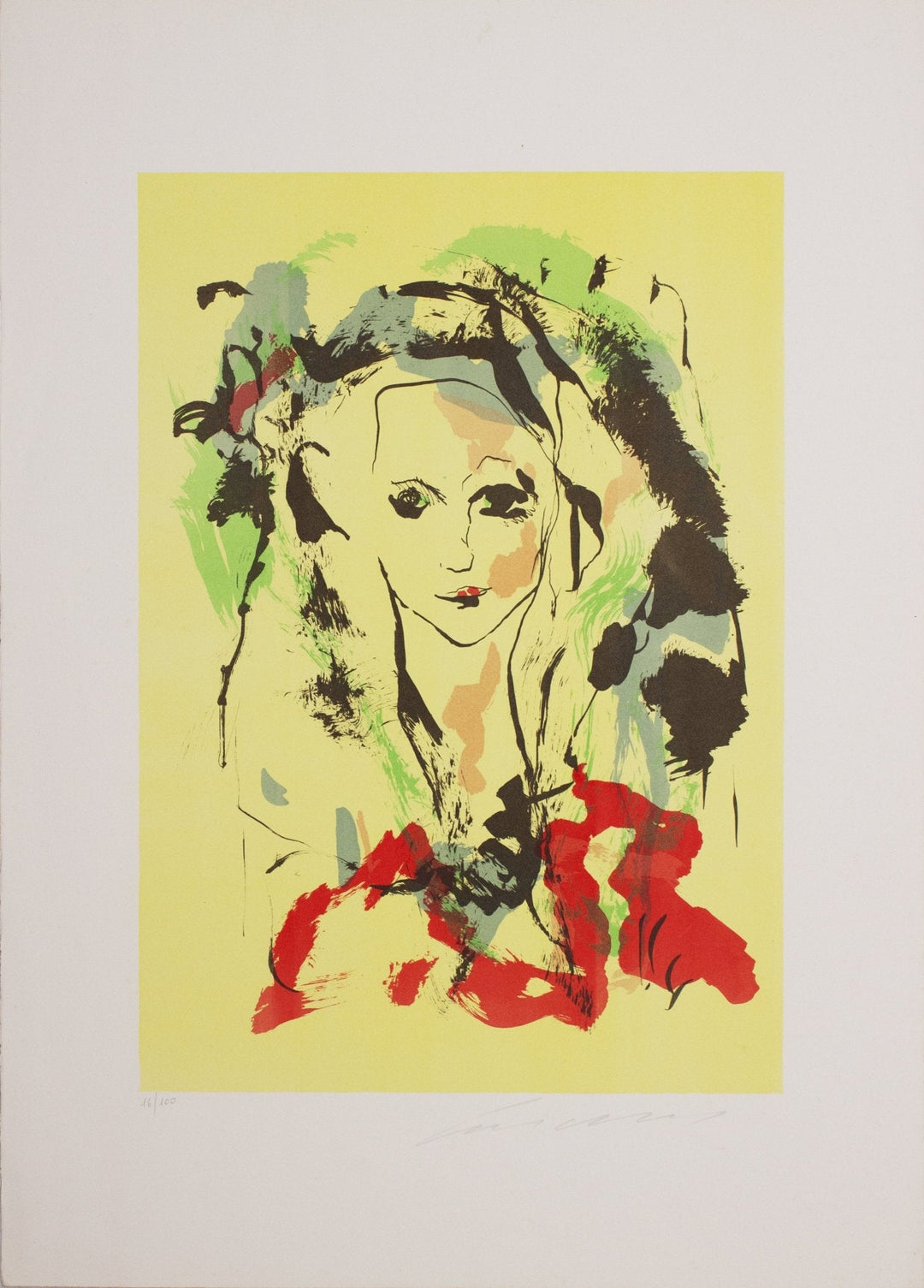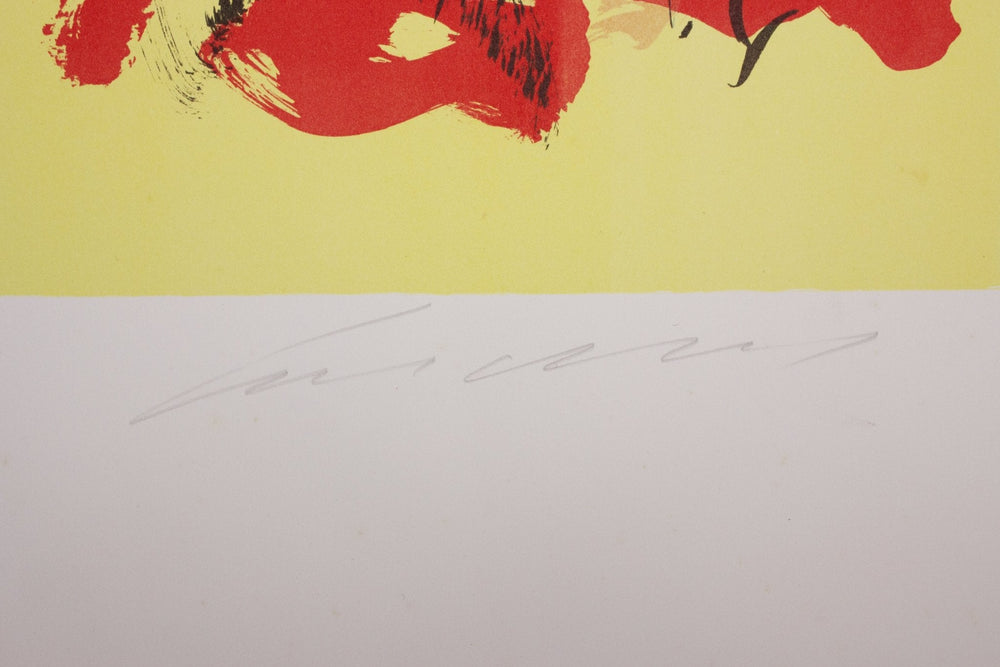Ernesto Treccani OPERE

Ernesto Treccani (Milan, August 26, 1920 – Milan, November 27, 2009) was a versatile artist, son of the founder of the Treccani Institute. Already at 18 he directed the magazine Corrente, a crucial environment for Italian antifascist culture, alongside Birolli, Guttuso, Migneco and Sassu. Also active in the Resistance, Treccani combined civil commitment and expressive research throughout his life. He intensely explored the landscapes of the South, the industrial reality of Milan and Paris, and was the author of memorable cycles such as “The Moon and the Bonfires” and “People of Faces”. His art testifies to a deep connection between word, painting, and civil conscience.
Ernesto Treccani painter
The figure of Ernesto Treccani stands out for an unconventional artistic path, rooted in a strong civil sensitivity and a refined figurative talent. His biography as an author of paintings is rich with precise milestones: after the experience in Corrente and the youthful exhibitions at the Bottega di Corrente and the Galleria della Spiga, his first solo exhibition took place in 1949 at the Il Milione gallery in Milan. The years of the post-war period saw him as a protagonist in the Biennale, in London and New York, with artworks linking Calabrian peasant life and industrial urban environments.
His style in paintings reflects a tension between the real and the fabled: themes such as the farmers of Melissa, the destroyed Milanese architectures, or metropolitan landscapes are rendered with densely emotional painting. Important cycles are known, such as “From Melissa to Valenza” (1964-65) and “The Moon and the Bonfires” (1962-63), while the large canvas “People of Faces” (1969-75) powerfully evoked the Piazza Fontana massacre with a civil force. Later he experimented with acrylics, glass, ceramics, enamels, and mosaics. He signed monumental artworks, such as the drape of the Palio di Siena of 1977, and promoted culture and memory through the Corrente Foundation, founded in 1978, and retrospectives at La Permanente and Palazzo Reale.
A quote from the biographical text summarizes the meaning of his civic painting: «Only those with a heart open to the sufferings of the world can express its beauty.» This phrase crystallizes his way of understanding art, where painting, moral sense, and social commitment intertwine in a search for the soul rather than the outwardly perceived form.
Ernesto Treccani prices
Ernesto Treccani's prices have remained stable in recent years, with significant differences depending on technique and type of artwork. Oil paintings or mixed media, especially medium or large format, represent the highest market segment. Smaller artworks are generally auctioned between €300 and €1,000, while large canvases or series related to key moments of his career can exceed €2,000, with even higher peaks for particularly representative works such as Milanese urban landscapes or the famous subjects related to Melissa. A recent example is the oil on canvas Costa d’Argento (50×200 cm), estimated between €1,500 and €2,500.
Ernesto Treccani's drawings occupy a more accessible market segment. They are often preparatory studies, portraits, or sketches made with pencil and mixed media on paper. Auction prices range between €40 and €200, with higher values only for large sheets or those of particular thematic interest. This segment represents an interesting entry point for collectors wishing to approach the artist's artworks without facing the higher costs of paintings.
A separate chapter is deserved by the lithographs and etchings, which constitute a significant part of Treccani's graphic production. The signed and numbered lithographs, often in color, have a lively market: prices generally range from €60 to €250, depending on rarity and condition. The etchings, also generally in limited editions, are valued similarly, sometimes slightly higher for particularly well-known subjects. This type of artworks is highly appreciated by collectors for the balance between artistic quality and economic accessibility, offering the possibility to own an original work by Treccani with a modest investment.
Ti piace Ernesto Treccani?
Per ricevere gli ultimi aggiornamenti di questo artista, lascia la tua email qui sotto:








